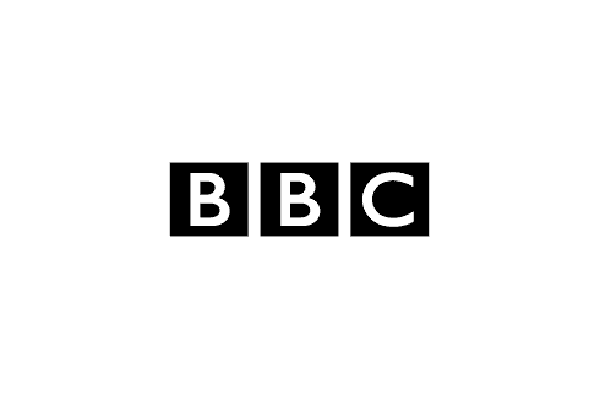A debt consolidation loan may not be your only option. Even the cheapest consolidation loans might not be the best way to clear your debt, depending on your situation. It’s sensible to look into alternatives as well.
And remember, if your debts are getting on top of you, or you don't have the best credit rating, you can get free debt advice from a range of charities in the UK, including StepChange, National Debtline and Citizens Advice.
0% money transfer card
You can use 0% money transfer cards to move money into your bank account. Usually, you’ll have to pay a small transfer fee. And then you pay the lender back, interest free, over a set amount of time. Once the interest-free offer period ends, rates rise sharply, so you should make sure you have a plan to repay your debt before then.
0% balance transfer card
0% balance transfer cards are good for people with credit card debts. You move what you owe onto a single, new card, then you can pay that card back, interest free, over a set period. Some lenders charge a small fee, however, some are fee-free. Again, it’s important to pay the money back before the interest-free period ends, or you’ll start paying a much higher rate.











